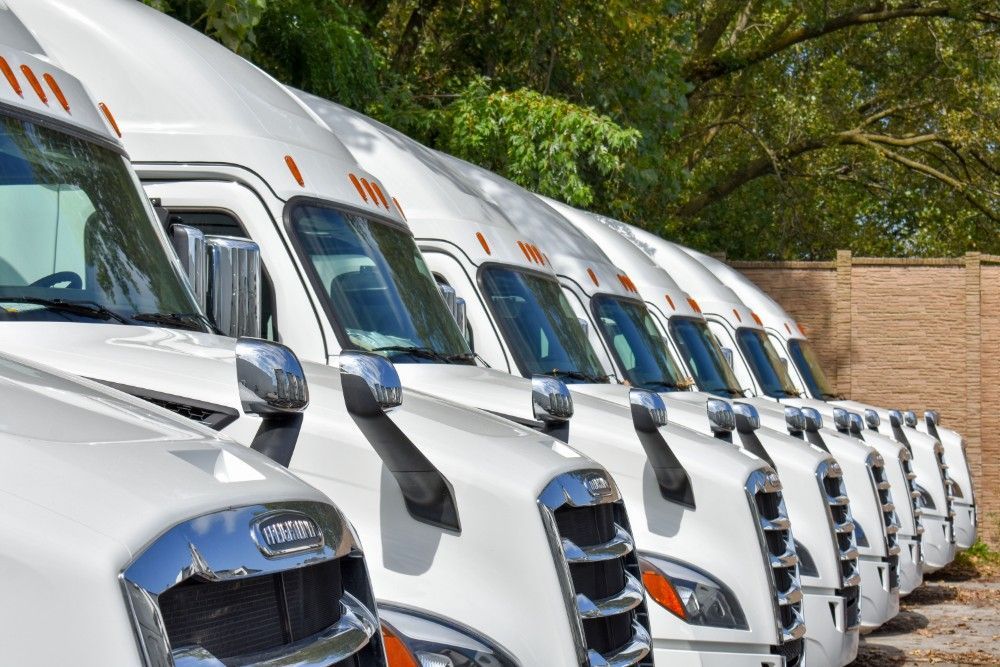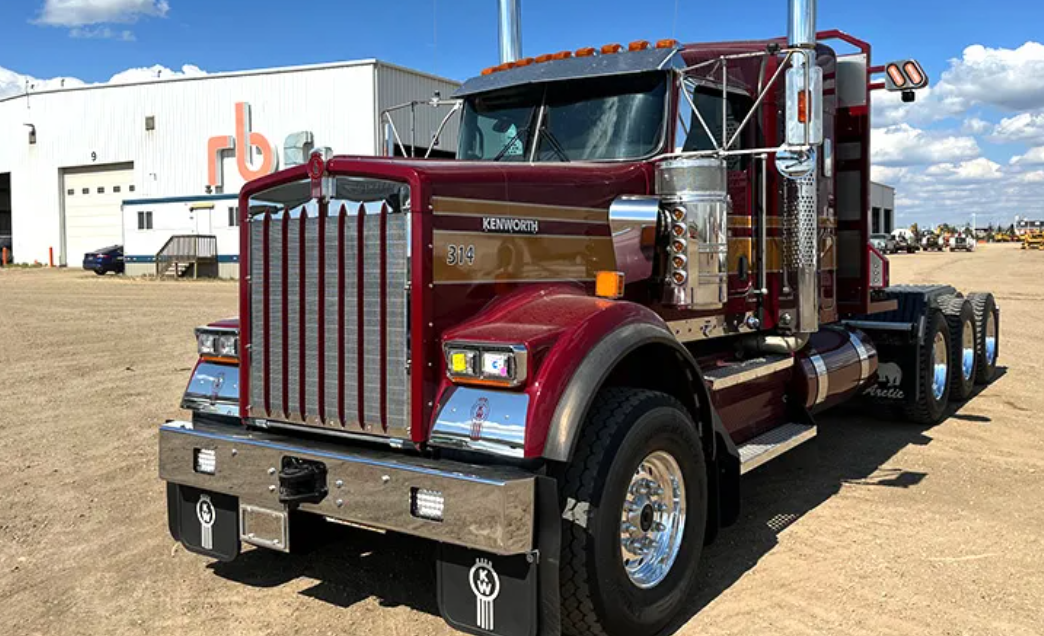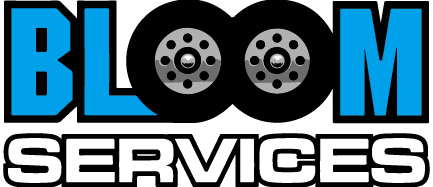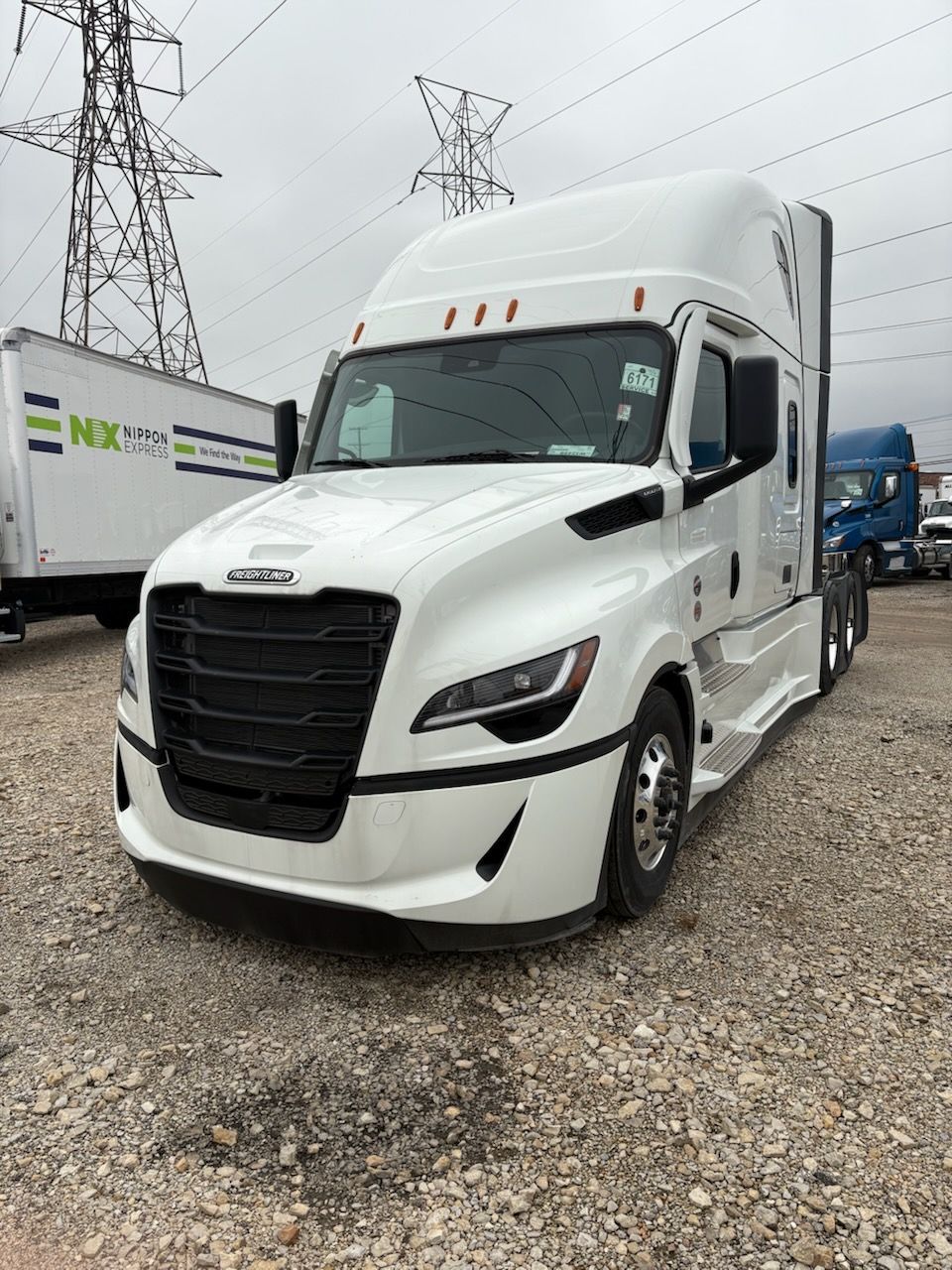A Guide for Managing Finances as an OTR Trucker
Share this Article:
WRITTEN BY: BLOOM SERVICES

Most people struggle with managing personal finances and budgeting, but in business it is a difference between success and failure. OTR truckers should view their work as a business, by controlling expenses and maximizing profits. In order to successfully manage your finances it is important to first understand your expenses and other costs. This article is to teach OTR truckers how to manage their finances while on the road.
Truck Driver Budgeting Advice
Saving Money
The major key to saving is spending less than you earn. Many experts advocate certain guidelines to budgeting such as the 50-30-20 rule, but percentages like this aren’t always easy to maintain. However, the 50-30-20 rule is basically broken down by needs, wants, and savings. 50% of your income will be limited to spending on needs, such as housing, utilities, etc. 30% is spent on wants, like Netflix, magazines, entertainment, etc. 20% should be allocated to saving. So as an example, let’s say someone is making $1,000 a week ( with Bloom Services our drivers are averaging $3-4K take home pay a week), out of this $1,000 a week $500 should go to needs spending, $300 should go towards wants, and $200 should go towards savings.
Managing Debt
Along with savings and spending, it is important to manage debt. It is important to understand that debt is not really considered an expense. Interest on debt is an expense, but the debt is not an expense. It is important to keep your debt to income ratio as low as possible, ideally you should keep your debt under 33% of your income. If the debt-to-income is higher than 40% consider paying off or down debt first. To calculate your debt-to-income ratio, you need to divide our debt by your gross income.
For example:
Your mortgage/rent is $1500 a month, your car payment is $400 a month, your credit cards are $500, and medical bills are $100.
When you sum up these payments, you get $2500 a month of debt. Say that your gross monthly income is $6,000, when you divide $2500 by $6000 you get .4167. Multiple that by 100 and you get 41.67%, this is your debt to income ratio.
(Debt / gross income) x 100 = debt-to-income ratio
The above example produced an income ration of approximately 42% which is a bit on the high side. In order to lower this ratio either debt needs to be paid off or lowered, or more income is needed. It is best to pay off your credit card debt first, and that would put you in the .33% debt-to-income range.
It is always better to pay off debt, faster to lower your debt-to-income ratio. In addition, lowering this ratio saving as well will increase your overall financial health for times of emergencies and for retirement. Next article we will discuss some avenues for investing for the future.
Food Expenses
Keeping an eye on your running costs is crucial, but there are other personal/ business expenses you should monitor as well. Keeping track of everything from your meals to fuel will help at tax time as well as getting a grip of your overall expenses and budgeting. Food is a huge expense while being on the road, but you are allowed a per diem by the IRS (tax deduction).
You should save receipts on food purchases for later tax deductions. However, eating out for every meal is not very cost effective. It is far better to fill your fridge at grocery stores than to purchase drinks and the like from truck stops. You can eat healthier and save more money this way. Figure out a budget for food and try to stick with it, but have some wiggle room in your budget by keeping your food expenses under 110% of your budget for food. At tax time, you will be able to deduct up to 80% of your OTR food costs at the end of the year.
Our trucks at Bloom Services all come with fridges, it is our recommendation to stock up from time to time at grocery stores. Also, work out a budget on how much you will spend on food weekly, and monthly while on the road. Also, getting a coffee maker and a microwave would help with preparing means on the road. Buying drinks in bulk while on the road will save a great deal of money if you avoid purchasing them at truck stops. Walmart’s are typically truck friendly and would be the easiest place to grocery shop and save money.
Truckers should try to budget for $75 dollars a week while on the road, but this might seem low to most truckers eating at truck stops and stocking up at truck stops. At $75 a week it is $325 a month for a grand total of $3,900 a year. These numbers do not include eating out and buying food at truck stops. A single meal at a truck stop averages $12, so a single meal a day already puts you over a weekly budget, at $85 dollars a week. I am not saying that truckers should never eat out or if it can be avoidable, I am just advocating for monitoring and limiting spending money this way when you can.
I recommend looking at what you are currently spending a week by tracking your food expenses, and see where you can cut and save. However remember you do get a per diem tax break for food, so at least you will most likely save on taxes if you save receipts and monitor your food expenses. The current (2022) per diem rate is $69 dollars a day where you can write off 80% of this on your taxes.
Cell phone and Internet
OTR truckers will use their cell phones and data extensively while on the road, for communication with dispatchers and clients, data for ELDs, navigation, and more. In order to find the best data and cell plans for an OTR trucker it is important to consider the network and locations you will be traveling.
OTR truckers travel all over the US and North America, the network you use is important, but also the cost of the network. Cell phone and data can be written off on your taxes at the end of the year, make sure you keep your receipts. You also can write off the purchases of cell phones and electronic devices associated with driving.
Fuel
Fuel is what makes the truck go and there is generally no way around having to purchase fuel, but many fuel cards and truck stops offer fuel reward perks. By signing up for fuel reward perks you will be able to drive costs down a bit. Loves and Pilot Flying J have reward programs that may help save you some money here and there or use the points for Laundry, free drinks, and even Urgent Care.
Fuel is also tax deductible as an expense, along with any maintenance, truck washes, cleaning, repairs, chains, tools, and more. It is best to consult a tax accountant to help with all expenses you can write off, but keep in mind. Many of your expenses can be written off and in the long run will save you money in taxes.
Why Drive with Bloom Services?
Truckers are our heroes on a very important everyday mission. Because of you, we deliver products safely, securely, and on time. We offer brand new trucks and trailers. Lease/rent or lease purchase, no down payment, walkaway anytime, no credit checks. If you are interested in working with us, please apply.



